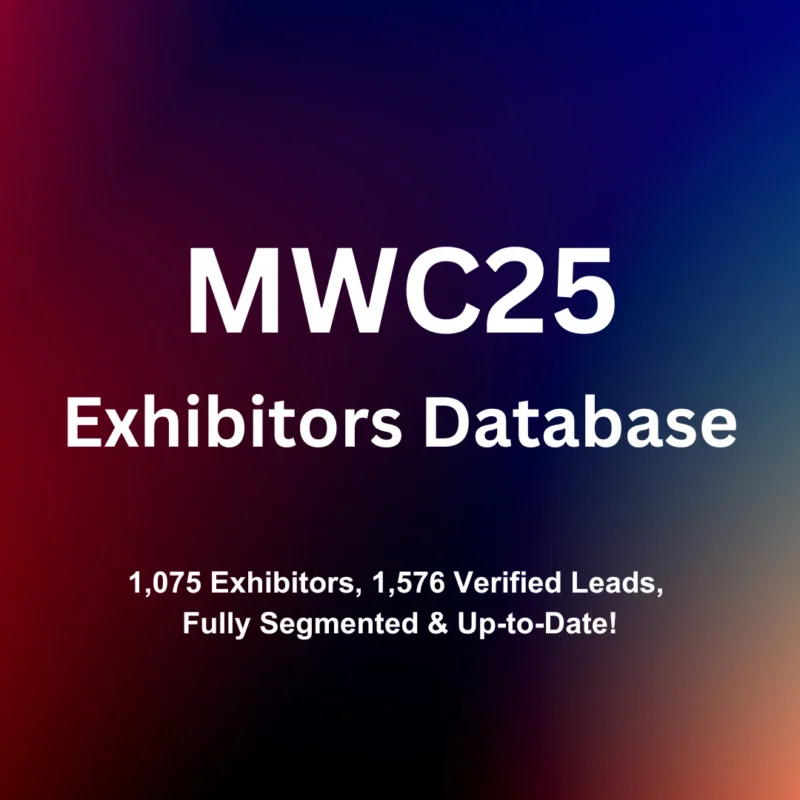After working on more than 3,000 lead generation projects over the past 12 years, I can confidently say this: building winning B2B contact lists is both an art and a science. Every campaign we’ve run at RI Digital Research—across tech, healthcare, manufacturing, finance, and beyond—has taught us something new about what works and what falls flat.Let me walk you through the key lessons we’ve learned from the trenches, and share the real-world practices that have helped our clients hit aggressive pipeline goals, quarter after quarter.
Relevance Beats Volume Every Time
Here’s the truth: the biggest list is rarely the best one. Many clients initially want “more names”—but a bloated list of irrelevant contacts just wastes your SDRs’ time and drains your marketing budget. We’ve found that hyper-targeted lists, built on firmographics and intent signals, consistently outperform bulk databases.
In fact, campaigns using tailored contact lists based on real buyer behavior (like tech adoption or hiring patterns) had a 48% higher conversion rate than those using static firmographic-only lists.
Pro Tip: Focus your list-building on buyer readiness, not just job titles. Behavioral data matters.
The Anatomy of a High-Performing B2B Contact List
Over thousands of successful campaigns, we’ve identified a few shared traits of what we call “high-performing lists”:
- Accurate Contact Data: Obvious? Yes. Easy to achieve? Not always. We constantly validate emails, phone numbers, and job titles using multi-source verification.
- Verified Buying Role: Not just job title—are they actually involved in the buying process?
- Segment-Specific Messaging: The list supports campaign segmentation, so you can personalize outreach by industry, region, or buyer stage.
- Timely Data: Outdated contacts = missed opportunities. We refresh client lists every 30 to 90 days depending on the market.
Common Pitfalls to Avoid
We’ve also seen our fair share of costly mistakes. Here are some you’ll want to sidestep:
- Relying Solely on LinkedIn: While LinkedIn is great for initial signals, it doesn’t always provide reliable contact details. Cross-verify everything.
- Overlooking Decision-Maker Hierarchies: Not all VPs have buying power. Dig deeper to find functional influencers.
- Neglecting Compliance: GDPR and other privacy laws aren’t just fine print. Make sure your data sourcing is squeaky clean.
Trends That Are Reshaping B2B List Building
The landscape is changing fast, and the way we build winning B2B contact lists is evolving too. Here are a few trends we’re actively tracking:
- Intent Data Integration: Platforms like Bombora and 6sense are making it easier to find in-market buyers.
- AI-Powered Enrichment: Tools like Clearbit and ZoomInfo now use AI to fill in missing contact fields and score leads.
- Sales-Marketing Alignment: Collaborative targeting sessions between GTM teams yield better list criteria and campaign outcomes.
Our Best Advice? Build With the End in Mind
Ultimately, your list is only as good as the outcome it supports. Whether you’re aiming for booked demos, event attendance, or ABM outreach, the best results come from reverse-engineering your contact list around those specific goals.
When we work with clients, we start by asking: Who is most likely to convert—and why? Then we build backward, integrating insights from their CRM, campaign data, and market shifts. That’s how we’ve helped clients boost reply rates by up to 3x, just by fixing their list-building strategy.









